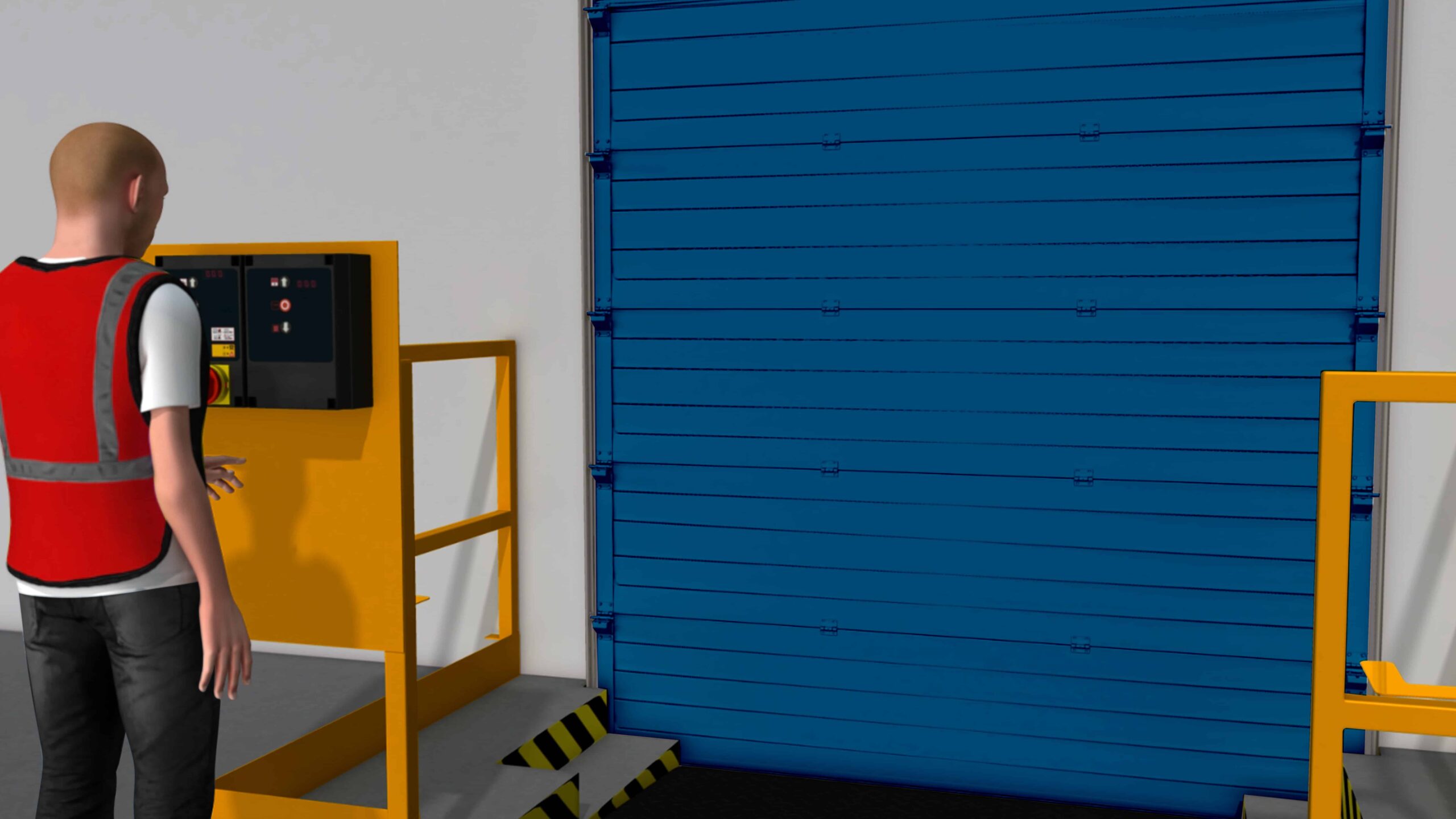In the ever-evolving landscape of 3D modeling services, sustainability has emerged as a critical consideration. As the world places a greater emphasis on environmental responsibility, the outsourcing of 3D modeling services is undergoing a transformation to align with sustainable practices. This article explores the key aspects of sustainability in outsourcing 3D modeling services and its impact on the industry.
I. Introduction
The integration of sustainability in 3D modeling services is reshaping the way outsourcing is approached. Beyond the traditional focus on cost efficiency and expertise, there is a growing recognition of the importance of environmentally conscious practices in the realm of 3D modeling outsourcing.
II. Eco-Friendly Design Practices
A. Energy-Efficient Modeling
Sustainable 3D modeling services prioritize energy-efficient design practices. This involves optimizing models to minimize computational loads, using efficient algorithms, and adopting design strategies that reduce the overall energy consumption during the modeling process.
B. Material Efficiency
Efficient use of materials is a key component of sustainability. 3D modeling outsourcing services are increasingly focused on minimizing material waste by employing precise modeling techniques and considering the environmental impact of chosen materials.
III. Life Cycle Analysis
A. Environmental Impact Assessment
Sustainability in 3D modeling goes beyond the design phase. Life cycle analysis is becoming integral, involving a comprehensive assessment of the environmental impact of a model throughout its entire life cycle – from creation and usage to disposal or recycling.
B. Guiding Sustainable Choices
By providing insights into the long-term environmental effects, life cycle analysis guides architects and designers toward more sustainable choices. This includes considerations for material selection, construction methods, and the overall ecological footprint of the designed structures.
IV. Virtual Prototyping for Sustainable Design
A. Minimizing Physical Prototypes
3D modeling outsourcing facilitates virtual prototyping, reducing the need for physical prototypes. This not only accelerates the design process but also contributes to sustainability by minimizing material usage, energy consumption, and waste associated with traditional prototyping.
B. Iterative Sustainable Design
Outsourcing 3D modeling services allow architects to iteratively explore and refine sustainable design options virtually. This iterative process enables fine-tuning of eco-friendly features, ensuring that the final design aligns with sustainability goals.
V. Sustainable Material Sourcing
A. Ethical and Eco-Friendly Material Choices
Outsourced 3D modeling services now prioritize sustainable material sourcing. This involves selecting materials based on ethical considerations, such as fair trade practices, and opting for eco-friendly alternatives to minimize the environmental impact of construction and manufacturing.
B. Digital Twin Technologies
The integration of digital twin technologies in 3D modeling allows architects to simulate the performance of materials in different scenarios. This empowers designers to make informed choices about materials, considering factors such as durability, energy efficiency, and recyclability.
VI. Collaborative Sustainability
A. Global Collaborations for Sustainable Solutions
Outsourcing 3D modeling services enable global collaborations, bringing together experts from different regions to contribute their insights on sustainable design. This collaborative approach ensures a diverse range of perspectives to address global environmental challenges.
B. Knowledge Exchange on Sustainable Practices
Collaborative platforms used in outsourcing foster knowledge exchange on sustainable practices. Architects and 3D modelers can share expertise, innovative approaches, and case studies, creating a collective effort towards more sustainable design solutions.
VII. Conclusion
Sustainability in outsourcing 3D modeling services is no longer just a trend; it is a necessity. As the world grapples with environmental challenges, the 3D modeling industry is adapting to contribute positively. The integration of eco-friendly design practices, life cycle analysis, virtual prototyping, sustainable material sourcing, and collaborative sustainability efforts are transforming the outsourcing landscape into a force for environmentally responsible design.




